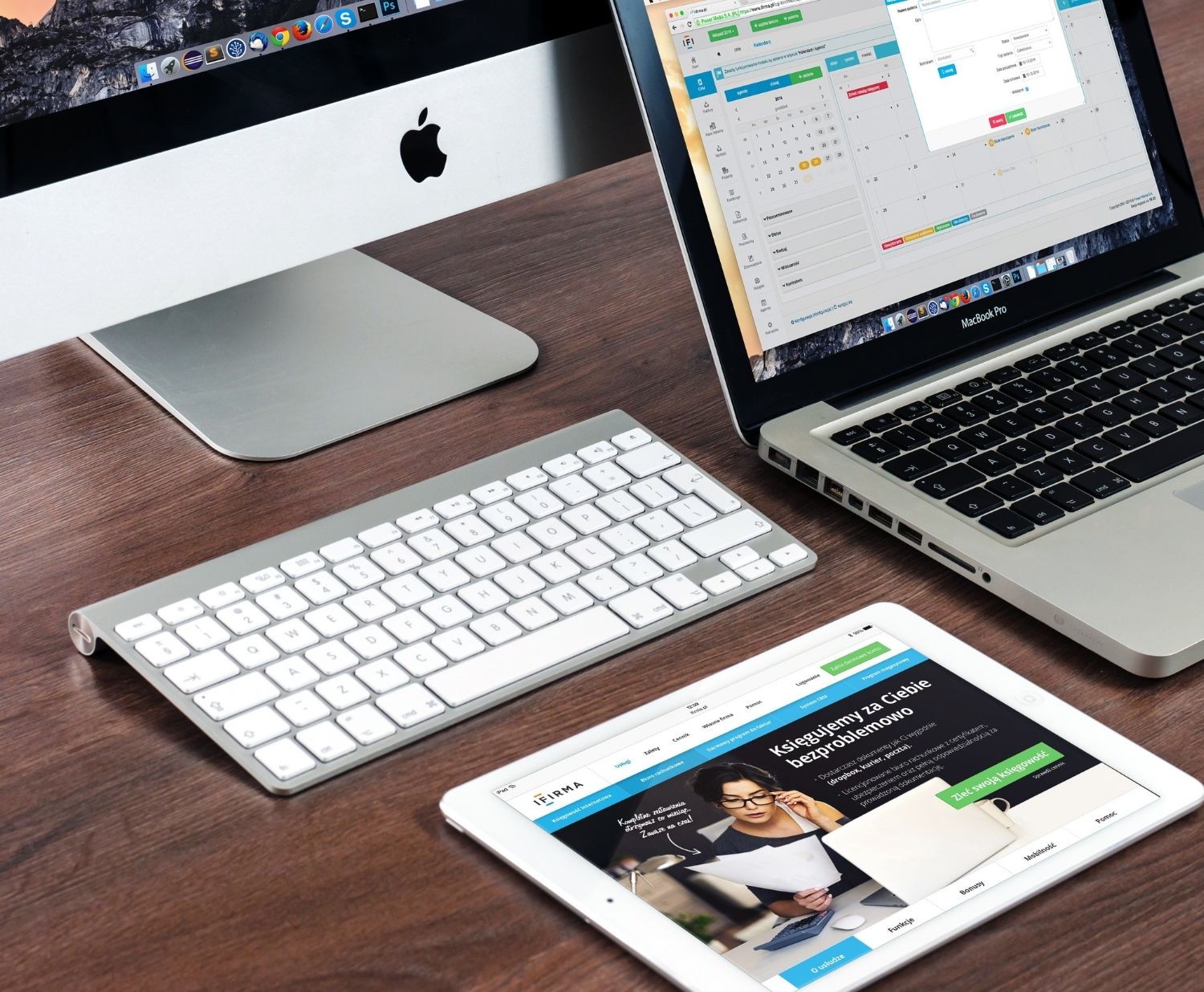Basic MacOS IT Security
So, apparently, Macs aren’t vulnerable to viruses, right? Well, no – that’s not quite right.
This seems to be a common misconception. Although it’s true that Macs are a little more secure than their Windows counterparts, it certainly doesn’t mean Mac owners should be complacent when it comes to their cybersecurity.
While a self-replicating virus is seldomly found on macOS software, this only accounts for a small percentage of cybersecurity risks.
We often forget about the other forms of cybercrime; those of which can include Malware, Ransomware, Social Engineering, Phishing, and newer forms such as Cryptojacking.
In fact, cybercrime rose by a shocking 600% during the Covid-19 pandemic. And, in the last year alone, macOS malware has increased by 165%.
So, with that in mind, let’s look at eight ways to keep your Mac super-secure.
1. Enable your FileVault
FileVault encodes the information stored on your Mac and ensures it cannot be read unless your personal login password is enabled. Turning this on will protect the privacy of your files and user data.
To enable your FileVault, go to System Preferences in the Apple menu, Security & Privacy, click the FileVault tab, then click ‘Turn On FileVault’ (you’ll need to enter your administrator password to do this).
2. Enable Gatekeeper
Gatekeeper is a brilliant security feature within macOS. It enforces code signing and verifies downloaded applications before allowing them to run, thus reducing the risk of accidentally downloading malware.
To enable Gatekeeper, go to System Preferences, Security & Privacy, Mac App Store and identified developers, then click ‘Allow applications downloaded from’.
These are your Gatekeeper settings. If the lock icon next to this is locked, then your gatekeeper settings are turned on. If it shows as an unlocked icon, then they are turned off.
3. Enable the Firewall
Firewalls are vital when it comes to preventing cybercrime. However, by default, your Mac firewall is disabled.
To turn it on, simply head into the Security & Privacy tab in your Mac settings and click the lock next to the ‘Firewall’ option to ensure you are protected from untrusted networks.
4. Enable SIP
System Integrity Protection (SIP) is a security technology in macOS that’s designed to help prevent potentially malicious software from modifying protected files and folders on your Mac. Ensuring this is turned on will greatly decrease your Mac’s vulnerability.
To enable SIP, first restart your Mac. While it is rebooting, hold down COMMAND + R concurrently on your keyboard, and wait until you see the Apple logo. This will take you into recovery mode, in which you can go to the Utilities menu and choose ‘Terminal’. In the Terminal window, type the following:
csrutil enable; reboot
Hit the return key to enable SIP, then reboot your Mac.
5. Keep your Mac apps up to date
You should always make sure your software, apps, and antivirus programs are up to date. After all, antivirus protection is essential but will only work effectively if it is up to date.
You can ensure your apps are up to date by going into the App Store and clicking Updates on the left-hand menu. Any available updates will be displayed and you can install them from there.
6. Set your device to auto lock after 10 minutes
Setting up a robust auto lock on your device can be a lifesaver.
Allowing an auto lock after 10 minutes or less will ensure your Mac automatically disables itself when not being used and can prevent others from accessing it when it’s idle.
You can configure the auto lock in System Preferences. Simply head into Desktop & Screen Saver, then use the slider to choose your desired length of time (we recommend 10 minutes or less).
Afterwards, you can go to the Security tab in your System Preferences and click ‘Require password to wake this computer from sleep or screen saver’ to ensure this creates a strong auto lock.
7. Update macOS
Keeping macOS up to date will result in a more effective system overall.
This is an easy one – all you need to do is go into System Preferences and select ‘Software Update’. Your Mac will then let you know if there is an update available to you, and what version you currently have.
8. Set a strong password
Using a weak password or the same password for everything is a sure-fire way to tempt cybercriminals.
Instead, you should always choose a strong, unique password for every service, device, and website. It needs to be at least 10 characters in length and include a good mixture of symbols, numbers, and both upper and lowercase letters. If you’re unsure what to choose, you can use Apple’s password creation feature to create highly cryptic passwords.
Removing the manual work
While all of the security tweaks we’ve covered today can be manually configured on your Mac, it’s often a far better idea to use a central device management solution for added security and convenience – particularly on Mac networks.
At Moof, we always deliver these options safely, securely, and conveniently for macOS users by implementing JamfPro. This enables us to automate all security processes and check for any devices that are not up to date – or which fall into non-compliance.
To find out how we can help your Mac network become as secure as it should be, just get in touch with the Moof team, today.















































